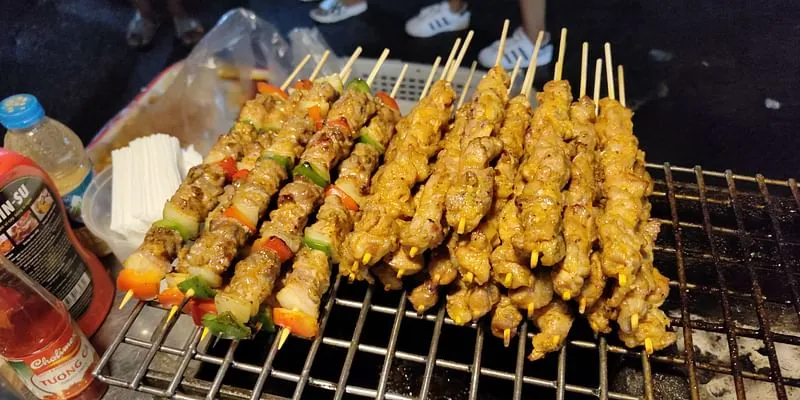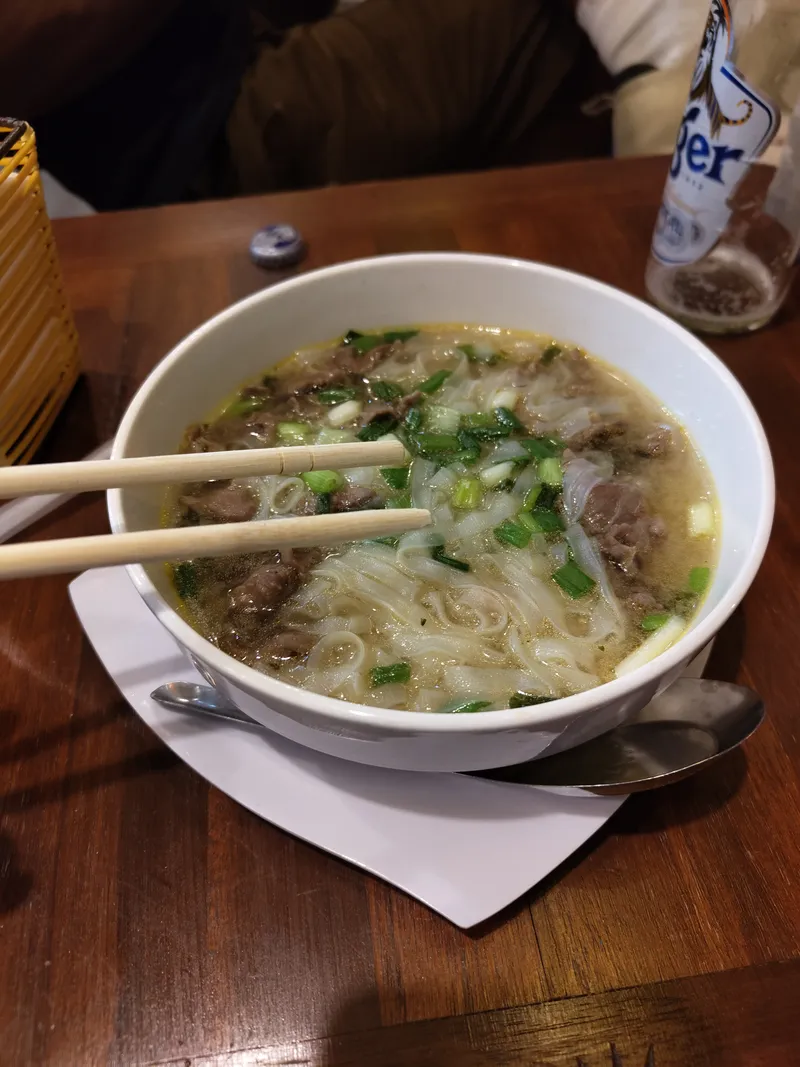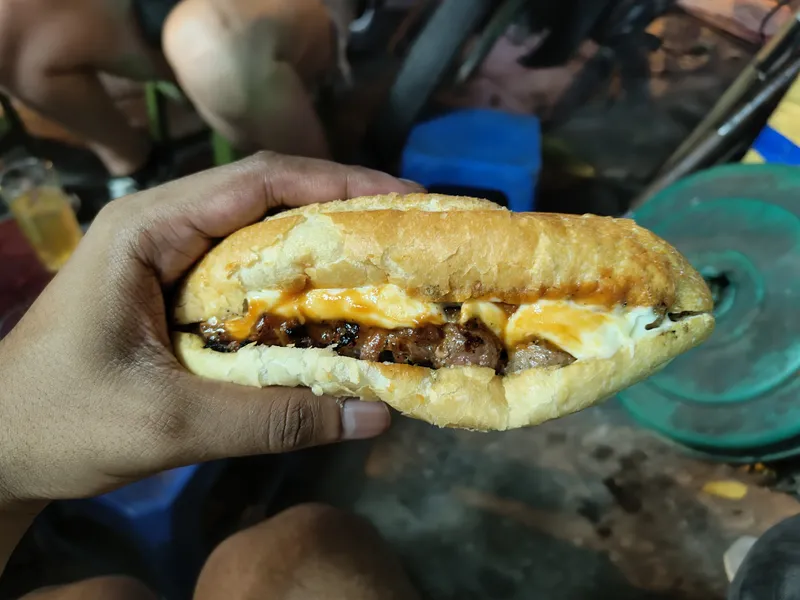Pho, Bahn Mi, egg coffee: Vietnam borrows food from everywhere and Hanoi makes it its own
Vietnam has a distinct culinary profile that is not just grounded in its 1,000-year-old history but has also adapted to the changing times–presenting an interesting fusion of cultures.
In Vietnam, a saying goes, Ong an cha ba an nem (The husband eats hamburger; the wife eats spring roll). While the proverb may hint at adultery, it just goes on to show how deeply food is valued in Vietnamese society and how entrenched it is in daily life.
In this Southeast Asian country, culinary excellence doesn’t hide inside Michelin-star restaurants or in hard-to-find alleys, although there are plenty of these. The food is everywhere—on the streets, in roadside stalls and tiny establishments encircling numerous lakes, and even on the sea overlooking limestone mountains.
Vietnam has a distinct culinary profile that is not just grounded in its 1,000-year-old history but has also adapted to the changing times, presenting an interesting fusion of cultures.
The country’s sovereignty has been particularly vulnerable. It didn’t just field off Chinese invasions, Vietnam was also under French colonial rule for 67 years and survived being carpet-bombed by the Americans. And, like the country’s fabric, its food has also endured over the millennia.
Take the humble spring roll.
Originating in China, the spring roll has found wide popularity in the communist country. Wrapped in rice paper, the ingredients used—julienned carrots, rice noodles, celery, jicama, and protein (shrimp or pork)—remind one of the colours of spring. It’s dipped in fish sauce or chilli sauce and has to be had as a 4 pm snack.

Skewers are a common street food delicacy in Vietnam.
With a focus on Bihari cuisine, The Potbelly gears up for its next phase of expansion
However, the most famous dish is, of course, Pho.
The soup-based savoury dish is as iconic to Vietnam as Thukpa is to Tibet or Nasi Goreng is to Indonesia. However, there isn’t just one way of preparing Pho. The dish can be made in many ways—one can either take the classic route and have it with chicken or beef broth accompanied by flat rice noodles and various vegetables or it can be stir-fried, peppered with nuts. It can also be soaked in a five-spice blend rather than a broth.

Pho
The proper way to eat Pho is not in air-conditioned restaurants but on the street, sitting on tiny plastic stools that dot the roadside curbs.
Most food establishments in the capital extend their dining outside. However, as it’s illegal to do so, they tend to put out tiny stools and tables, which can be shifted indoors if law enforcement knocks on their doors.
The best version of Pho I had was sitting by the train tracks on the Instagrammable Hanoi Train Street when the locomotive was just an arm’s length away from where I was seated. The beef-based dish, Pho Bo, warmed me up from the inside, and its broth healed the soul.
Another iconic Vietnamese food is Bahn Mi, which best represents the Western cultural influence on the country. The portable dish is essentially a Subway takeout but with far more complex flavours. The spicy and smoky flavours of the pork pair well with the pickled carrots and jalapenos, and are served in a baguette-style bun.
In Hanoi, Vietnam’s capital and cultural centre, food is more ubiquitous. While some of the establishments in the city look dreary and worn down, their kitchens are bustling and their dishes inventive. Culinary knowledge flows from one generation to another, and the families who own the eatery often sleep by the kitchen.

Bahn Mi
At one such random but humble eatery—which could only be identified by the fact that it was established in 1945—I had the best three fried snacks in the entire city.

Bahn Goi and Bahn Tom
Bahn Goi, or pillowcake, is a savoury snack that offers a hint of sweetness from the pork but is complemented well with scallion, jicama, and mushroom filling. The only time I had fish was when I bit into Ca Cuon Thit, a croquette made with fillet fish wrapped around pork paste and served with fish sauce.
But it is Bahn Tom that well represents Vietnam’s culinary fusion. The shrimp fritter was borrowed from Spanish cuisine when Spain teamed up with France to colonise Vietnam in the 19th century. It is made with sweet potato, crowned with the shell and head of the shrimp and served with lettuce for wrapping. The head of the shrimp is its tastiest part.
For dessert, Hanoians love to stick to sticky rice covered in muang bean sauce. The dessert isn’t too sweet and left my South Asian palette wanting for more, but at Che Ba Thin eatery in the Old Quarter of Hanoi, it’s a dish reminiscent of childhood for locals.
There’s no better way to end a meal than by sipping egg coffee. It has many origins, and in Vietnam, it has found popularity among the locals and tourists alike.
Egg coffee is offered by almost all restaurants but only a few get it right. Its place of origin is Café Giang in Hanoi, named after Nguyen Van Giang who invented the dessert during a milk shortage caused by the French War in 1946. The coffee is crowned with a meringue-like dense froth that is made with condensed milk and egg yolk. One can have it with espresso, as is traditional, or coconut coffee, or even with a rum back.
Vietnam has embraced newer, trendier foods from all over Southeast Asia. Whether it’s the coin pancake—a street food served with cheese and toppings of one’s choice—which started selling in Hanoi only as recently as September this year, the boba tea borrowed from Taiwan, or the kumquat tea which I found to be far better than any iced tea, Vietnam never stops eating and its palette never stops evolving.
If you're travelling to Vietnam, you can savour these delicacies through guided food tours that can be booked on apps like Klook and Viator.
Edited by Swetha Kannan







